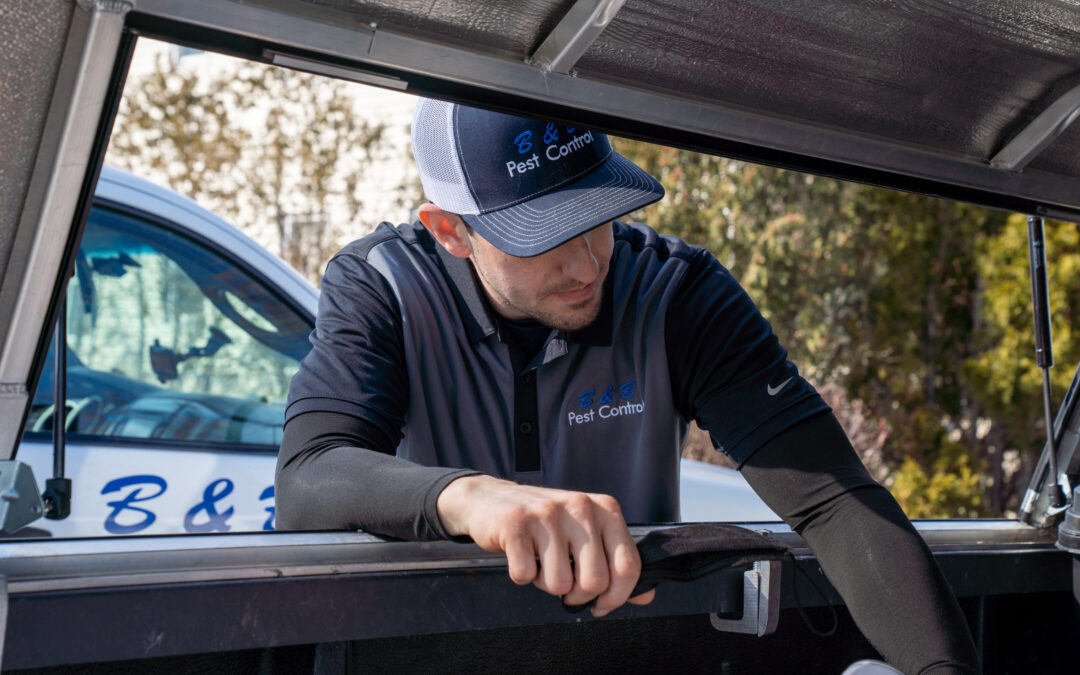Yellow jackets are a wasp species that have yellow stripes and long dark wings. You may have noticed them when you’re enjoying a meal outdoors. These insects are known for their painful stings, which cause swelling and redness. Let’s take a look at how you can treat these stings.
Sting symptoms
The main symptoms of the yellow jacket sting are swelling, redness and tenderness. However, if you are allergic to wasp venom, you may have a reaction, which will manifest itself through the following symptoms:
- Coughing
- Wheezing
- Difficulty swallowing and breathing
- Tightness in the throat
- Breaking out in hives
- Lightheadedness or dizziness
- Passing out
- Vomiting
- Diarrhea
If these symptoms occur, the affected person may be going through anaphylaxis, which can be life threatening. In this situation, you want to call 911 immediately, or use an Epi-Pen. If you do not have an Epi-Pen, try to keep the person affected calm and lying on their back. Raise their feet 12 inches off the ground, and use a blanket to cover them. You also want to make sure that their clothes are loose enough for them to breathe. If the person starts bleeding or vomiting, turn them on their side. Do not give them anything to drink or oral medication, and do not lift their head. CPR may be needed in case the person is having difficulty breathing.
Treatment options
For less severe reactions, you can use a cold pack or ice to relieve the pain and swelling. You can also take an antihistamine such as Benadryl. If you do not have any antihistamines, there are several household ingredients that have been known to help. You can use vinegar to reduce itching, a mixture of water and baking soda to neutralize the venom, or some meat tenderizer to reduce the pain and the swelling.
Prevention
While it’s impossible to prevent all yellow jacket stings, you can lower the odds of one happening by not leaving food out in the open when you are dining outdoors, avoiding areas where there is yellow jacket activity, and not swatting at them when they buzz around. If you can keep your cool when a yellow jacket lands on you, you are actually less likely to be stung.
If however there is yellow jacket activity on your property, it is an indication that there is a nest nearby, which should be removed by a pro. Contact us today for more information regarding yellow jacket infestations.

